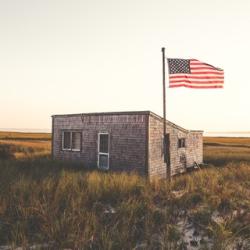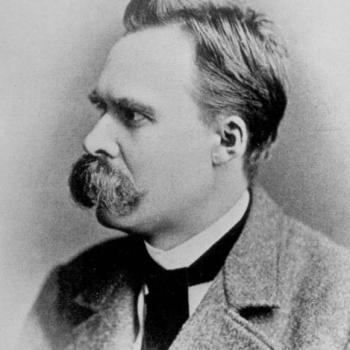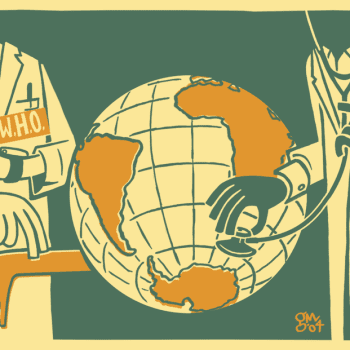The Civil War established the principle that states are not allowed to secede from the Union. But it also established the principle that counties can secede from a state. West Virginia was formed when certain counties in Virginia refused to go along with the rest of the state in joining the Confederacy.
That has been the only time a state split up, though there have been other attempts to do so, which, if they had succeeded would have given us states named Shasta, Chesapeake, Absaroka, West Florida, Texlahoma, Montezuma, Rough and Ready, and Yazoo.
Today there are secession movements–usually rural conservatives wanting to break away from the dominance of urban liberals–in Maryland, Michigan, Colorado, and California. (The Maryland breakaway would be called Augusta. The one in California would be Jefferson. Does anyone now what the others in California and Michigan would be called?)
From Michael S. Rosenwald, Western Maryland secessionists seek to sever ties with the liberal Free State – The Washington Post.
West Virginia was the last state to break off from another. Now, 150 years later, a 49-year-old information technology consultant wants to apply the knife to Maryland’s five western counties. “The people are the sovereign,” says Scott Strzelczyk, leader of the fledgling Western Maryland Initiative, and the western sovereigns are fed up with Annapolis’s liberal majority, elected by the state’s other sovereigns. . . .
Strzelczyk’s effort is one of several across the country to separate significant portions of states from, as he puts it, “the dominant ruling class.” Nearly a dozen northern Colorado counties are the furthest along, with nonbinding referendums set for November ballots. The Upper Peninsula of Michigan is making a move to join with parts of Wisconsin. Northern California counties want to form a state called Jefferson.
Historians, political scientists and the leaders of the movements say secession efforts are being fueled by irreconcilable differences on issues such as gun control, taxes, energy policy, gay marriage and immigration — all subjects of recent legislative efforts at state and federal levels. The notion of compromise is a non-starter. With secessionists, the term “final straw” comes up a lot. . . .
Secession is a difficult political fight to win. The U.S. Constitution allows regions to separate only with the approval of the state legislature and Congress, and over the years there have been hundreds of quixotic and unsuccessful efforts, according to Michael J. Trinklein, the author of “Lost States: True Stories of Texlahoma, Transylvania, and Other States that Never Made It.”
In the 1950s, Northern California tried to form the state of Shasta, to protect its fresh water. The builders of Mount Rushmore also wanted it to sit in a new state: Absaroka, a reference to a subrange of the Rocky Mountains. Eastern Shore residents pushed for the state of Chesapeake in the 1970s to retain tourist tax dollars.
What’s different now is how the secession efforts illuminate a hard truth about the country: The rural-urban divide is increasingly a point of political conflict. The population boom in urban areas such as Baltimore and the Maryland suburbs near the District, the Boulder-Denver areas in Colorado, and in Detroit have filled state legislatures with liberal policymakers pushing progressive agendas out of sync with rural residents, who feel increasingly isolated and marginalized.
















